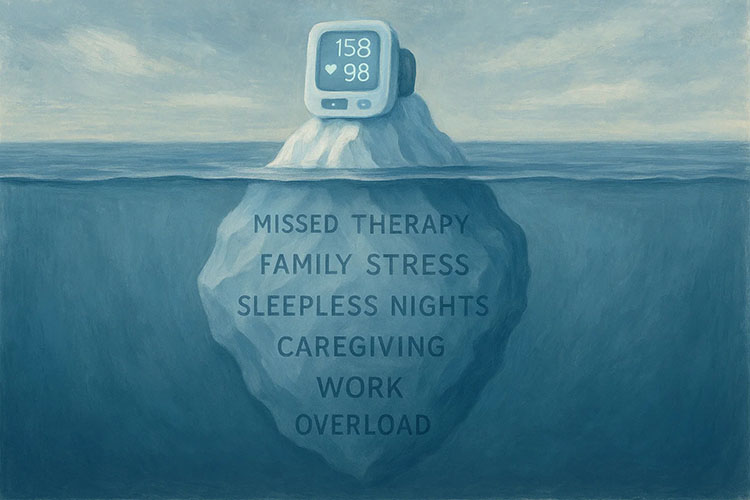
Understanding Nasal Congestion
Nasal congestion happens when your nasal tissue and surrounding blood vessels swell with excess fluid. You get a plugged “stuffy” feeling. Nasal congestion may or may not present discharge along with it, more commonly referred to as “runny nose.”
For adults and older children, nasal congestion is more of an annoyance than anything serious. However, for infants who are trying to eat and for younger children whose nasal congestion disturbs their sleep, the issue may be more serious. Take a look below for a list of common causes, when to see a doctor, and how Telemedicine can help.
Causes of Nasal Congestion
Anything that inflames or irritates the nasal tissue can cause nasal congestion. Allergies or infections like the flu, colds, or sinusitis are the most common triggers. Irritants can also cause nasal congestion, such as exposure to car exhaust fumes or tobacco smoke. If irritants cause your congestion, your doctor will refer to it as ‘vasomotor rhinitis’ or ‘nonallergic rhinitis’. Other common triggers include:
- Alcohol
- Chronic sinus infection
- Colds
- Dry air
- Enlarged adenoids
- Flu (Influenza)
- Food (spicy foods)
- Hormonal changes
- Medications
- Occupational asthma
- Overuse of nasal decongestants
- RSV (Respiratory Syncytial Virus)
- Sleep apnea
- Stress
- Thyroid issues
How to Treat Nasal Congestion
Until you see a doctor, the following simple steps can help relieve the pressure and any symptoms you have:
- Avoid known triggers
- Gently blow your nose, swallow, or sniff
- Try OTC antihistamines if you have watery or itchy eyes, because the irritation could be allergy-induced
- Use a rubber-bulb syringe to remove any secretions for babies and young children
How to Treat Postnasal Drip
Postnasal drip is common with runny noses, and it’s a buildup of mucus in the back of your throat. To help relieve it, you can:
- Avoid irritants like sudden humidity fluctuations or tobacco smoke
- Hydrate and drink plenty of fluid because it’ll thin out any secretions
- Try nasal rinses or sprays (Neti pots)
When and Why to Use Telemedicine to Connect to a Doctor
Telemedicine is a quick and easy way to connect with a doctor to discuss your symptoms. There’s no long wait in a doctor’s office when you use telemedicine. Instead, you connect through your smartphone. When you finish with your visit, the doctor can send your prescription to your preferred pharmacy. It’s cost-effective and convenient. You should consider using it when:
- Symptoms last more than 10 days
- You develop a high fever
- You experience yellow or green, thick discharge. This could be a bacterial infection.
- You have bloody nasal discharge.
You don’t have to live with nasal congestion. Instead, you need a physician and a proper diagnosis. Contact one of our Medek healthcare pro



